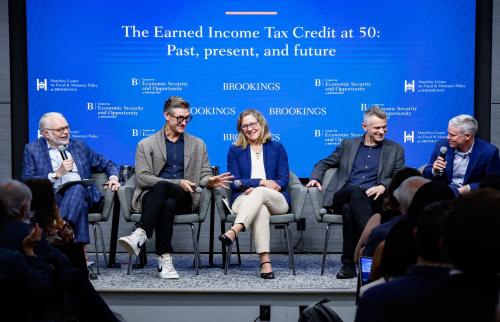The soar-away incomes of the top 1 per cent have grabbed plenty of attention in recent years, from the banners of the Occupy movement to the pages of Thomas Piketty’s Capital. The growing gap between “us” (i.e. the bottom 99%) and “them” (the rich) provides rich material for speechwriters, campaigners and journalists.
But what if the top 1% is not just “them,” the fortunate and/or talented one in a hundred, but “us,” at least some of the time? That’s the question posed by Mark R. Rank in the New York Times this week. Rank claims that 12% of us will find ourselves in the top 1%, for at least one year, over a ten-year period. In the meantime, 0.6% will be in the top 1% for 10 years consecutively.
Five Points (For Now) On the 1% Visitors
We’ll be looking at Rank’s book – Chasing the American Dream – when it hits our desks. In the meantime, the article triggers five initial thoughts:
- There is a big difference between the 0.6% who are permanent residents of the top 1%, and the 12% who get to visit the mountaintop once or so. Certainly from an intergenerational mobility perspective, the danger is that the former group represent an increasingly “frozen” class structure at the top.
- From a social mobility perspective, the fear is that the incomes of those at the very top are deployed to hoard opportunities for their own children, resulting in a replication of the super-rich class. And there is some evidence from Corak, Lindquist and Mazumder that there is less intergenerational downward mobility out of the top 1% in the United States than in Canada. (There is also less in Sweden, by the way, but that’s a whole different story.)
- A jump in income that takes you temporarily into the top 1%, perhaps from a bonus or promotion, may be welcome; but as a general rule, income volatility makes financial planning harder.
- One reason you might make it to the top 1% is because others have a bad year, rather than you having a particularly good one (this is more likely to apply during economic downturns – but we can’t see, at this point, which years Rank is working from).
- Politically, the impact of the tourist one per-centers could be significant. It may be that moves to tax the 1% more heavily, both via income or capital taxes, have generated little voter enthusiasm, is that many more one percent of us have experienced a top one percent income at some point. And many more have gotten close: Rank reports that 39% make it to the top 5% for at least one year in a decade.
Rank usefully reminds us that there is fluidity between income categories, with movement up and down the ladder. But in the process he also highlights the groups who, by contrast, appear to be pretty well “stuck in place” – either at the very top, or the very bottom. These groups are the ones most troubling, at least from a social mobility perspective.
The Brookings Institution is committed to quality, independence, and impact.
We are supported by a diverse array of funders. In line with our values and policies, each Brookings publication represents the sole views of its author(s).




Commentary
Visitors to the Top 1%
April 23, 2014